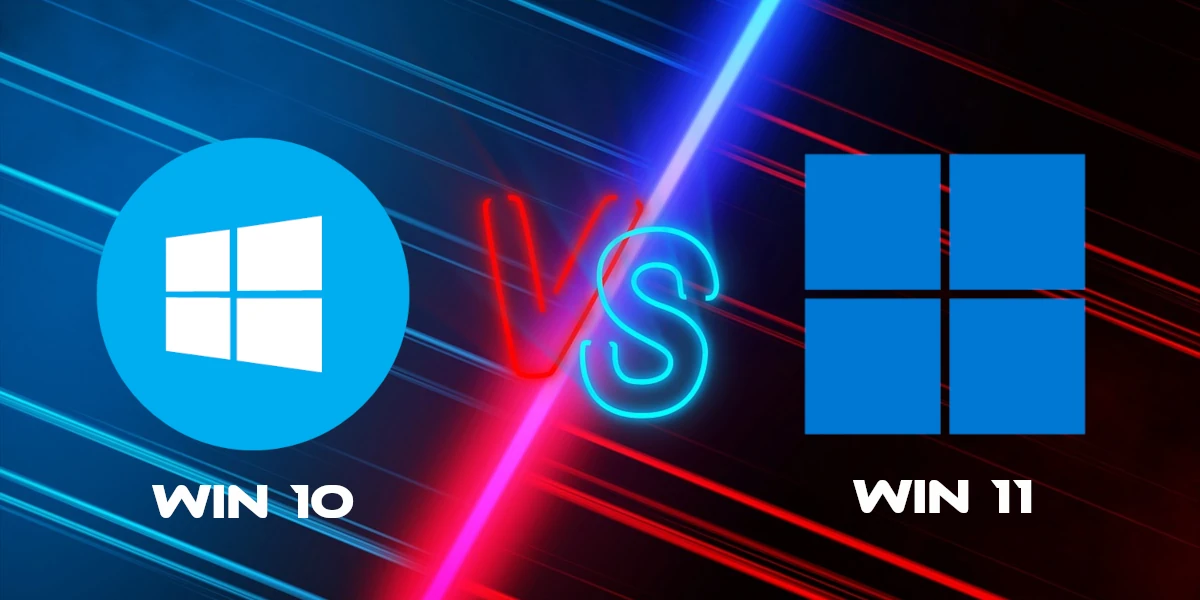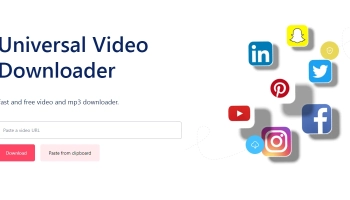
The introduction of Windows 11 by Microsoft has created waves of discussions around its features, design, and overall performance compared to its predecessor, Windows 10. While both operating systems aim to provide a robust and user-friendly experience, they vary significantly in some aspects. In this article, we’ll examine the most significant differences between Windows 10 and Windows 11 to help you decide which version suits you best.
Windows 10/11 System Requirements
Windows 10:
- Processor: 1 GHz or faster
- RAM: 1 GB (32-bit) or 2 GB (64-bit)
- Free hard disk space: 16 GB or more
- DirectX 9 or later with WDDM 1.0 driver
Windows 11:
- Processor: 1 GHz or faster with 2 or more cores on a compatible 64-bit processor
- RAM: 4 GB or more
- Free hard disk space: 64 GB or more
- DirectX 12 or later with WDDM 2.0 driver
- Internet connection required for setup
User Interface
When it comes to the user interface, Windows 11 brings a modern design refresh compared to Windows 10. In Windows 10, the Start menu was a blend of classic menu options and Live Tiles, which dynamically displayed information from apps. The taskbar sat at the bottom of the screen and featured a search box next to the Start menu.
On the other hand, Windows 11 offers a sleeker, more centered approach. The Start menu and taskbar icons are aligned in the middle of the screen, providing a visually balanced look. The operating system also introduces rounded corners, softer visuals, and integrated widgets, giving it a more contemporary and cleaner appearance. The design changes in Windows 11 aim to create a more cohesive and engaging user experience, setting it apart from its predecessor.
Multitasking
Multitasking has always been a strength of Windows operating systems, but Windows 11 takes it a step further. While Windows 10 offered Snap Assist, which allowed users to snap up to four windows side-by-side for better multitasking, Windows 11 introduces enhanced Snap Layouts that include new grid options. This makes it easier to manage multiple applications simultaneously.
Moreover, Windows 11 introduces “Snap Groups,” which allow users to switch easily between sets of apps that they commonly use together. This feature is particularly useful for those who multitask extensively. The concept of virtual desktops also sees improvement in Windows 11, with the ability to set custom backgrounds and settings depending on your work mode, such as Work, Home, or Gaming.
Microsoft Store
The Microsoft Store in Windows 10 was often criticized for its limited range of apps and clunky user interface. It was restricted primarily to apps that had been verified and approved by Microsoft, limiting the options available to users.
In contrast, Windows 11 promises a more open ecosystem. Not only has the design and user interface been improved, but the Microsoft Store is also now open to a broader range of apps, including those developed for Android. This is a significant step toward enhancing the versatility and attractiveness of the Microsoft Store as a platform.
Games
Gaming gets a noticeable boost in Windows 11. While Windows 10 supported DirectX 12 and offered features like the Xbox Game Bar and Game Mode to enhance the gaming experience, Windows 11 pushes the envelope further with the introduction of DirectX 12 Ultimate support. This offers better graphics and ray tracing capabilities.
Additional features like Auto HDR significantly improve color and brightness in games. DirectStorage technology, borrowed from Xbox, promises to reduce game load times dramatically. These enhancements make Windows 11 a more appealing choice for gamers looking for the best experience.
Touch Pad and Voice-to-Text Feature
Windows 10 had basic touch-friendly features with its Tablet Mode, allowing for a more touch-optimized interface when required. It also supported pen input and featured Cortana as its voice assistant.
Windows 11 elevates these functionalities to a new level. Touch gestures have been improved to be more intuitive and natural. Microsoft’s new Pen Protocol, MPP 2.0, promises a more responsive and fluid stylus experience. Voice Typing has also been enhanced with auto-punctuation and more language support, making voice-to-text tasks far more efficient and natural.
Productivity Features
In Windows 10, features like Focus Assist helped users block notifications to concentrate better, and the operating system also featured a basic Clipboard History to keep track of copied items.
Windows 11, however, introduces Widgets, which provide quick access to various types of information like news, weather, and tasks, directly from the taskbar. These Widgets aim to boost productivity by offering at-a-glance information. Furthermore, the Clipboard History gets an upgrade, now supporting screenshots and GIFs, making it more versatile than before.
Security
Security measures in Windows 10 included BitLocker for disk encryption and Windows Defender for malware protection. While TPM 1.2 was supported, it wasn’t a mandatory requirement.
Windows 11 raises the bar by making TPM 2.0 a mandatory requirement, thereby providing a hardware-based foundation for security features. In addition, Windows Hello facial recognition technology has been upgraded with anti-spoofing capabilities, making it more secure.
In summary, while Windows 10 offers a tried-and-true environment, Windows 11 brings a more refined, feature-rich, and secure experience to users. The choice between the two will depend on your hardware capabilities and specific needs, but Windows 11 certainly promises a future-forward computing experience.



